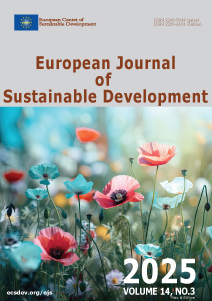Enhancing Disaster Evacuation Planning with Cognitive Agent-Based Models and Co-Creation
Keywords:
Agent-Based Models, Human Behavior Models, Co-creation Processes, Disaster Evacuation Simulation, Disaster PreparednessAbstract
Agent-based models (ABMs) are increasingly used in disaster evacuation simulation to capture system-level dynamics. While ABMs are often combined with human behavior models (HBMs), few approaches integrate these with infrastructure and demographic data that are carefully modeled using local knowledge, along with hazard-specific impacts and policy settings. Even fewer embed this integration within a co-creation loop that involves local stakeholders throughout the entire development lifecycle, from conception and design to implementation, testing, and beyond. This paper introduces the methodology that we developed to address this gap by combining a structured co-creation process with technical simulation development. The co-creation process engages local stakeholders, planners, and experts to iteratively shape evacuation scenarios, define assumptions, and validate outcomes, ensuring the model aligns with local realities. These inputs are translated into a multi-dimensional simulation framework built in MATSim, integrating network and infrastructure models, hazard effects, population, and behavior modeling enhanced through Belief-Desire-Intention cognitive architectures. We applied this methodology in different case study areas, demonstrating its capacity to simulate heterogeneous evacuation dynamics and provide diverse performance metrics. Finally, we explore how this methodology can be applied in other hazards, geographic regions, and evacuation scenarios, offering pathways for broader application and future development.
Keywords: Agent-Based Models, Human Behavior Models, Co-creation Processes, Disaster Evacuation Simulation, Disaster Preparedness
Downloads
Published
How to Cite
Issue
Section
License

This work is licensed under a Creative Commons Attribution-NonCommercial 4.0 International License.





